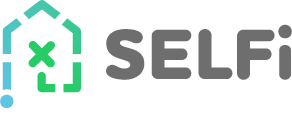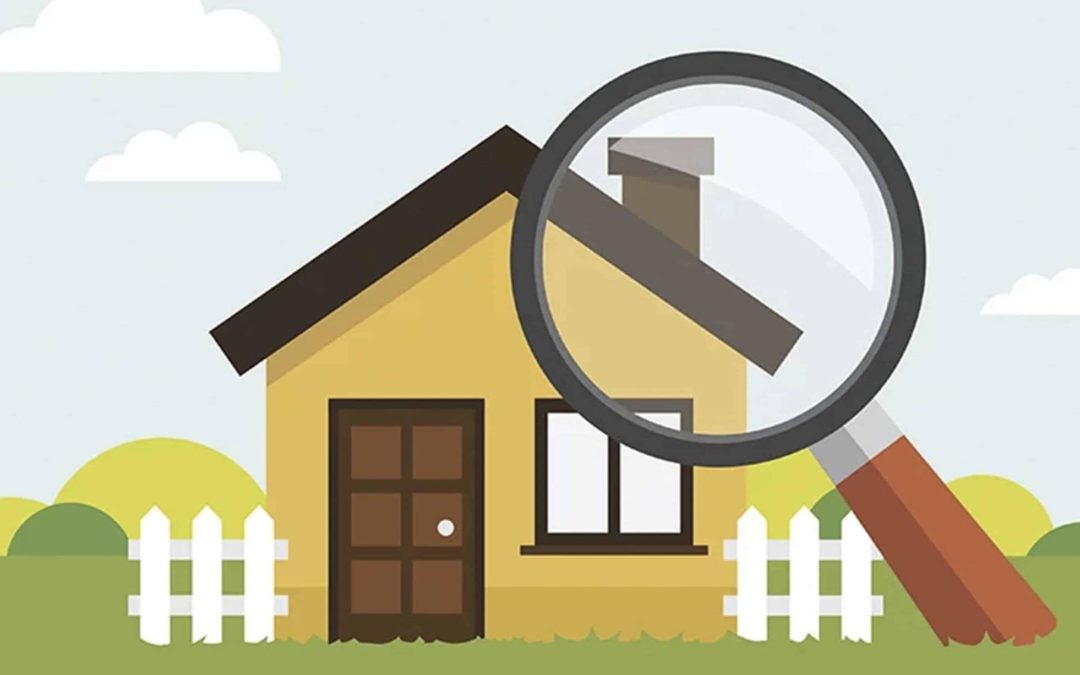As a first-time homebuyer, you’ve probably heard a lot of advice about the importance of putting 20% down to avoid Private Mortgage Insurance (PMI). While this might seem like the smarter move, there’s another side to the story that often goes overlooked. In fact, putting just 5% down instead of 20% can create a financial opportunity—especially when interest rates on savings accounts are higher than ever.
Let’s break down why a smaller down payment can work in your favor, and how it creates a financial arbitrage opportunity.
What is PMI and Why People Try to Avoid It
PMI is typically required by lenders when your down payment is less than 20%. It’s an insurance policy that protects the lender if you default on the loan, but it’s paid for by you, the borrower.
For many buyers, the goal is to avoid PMI because it feels like an extra, unnecessary expense. But the key is to look beyond the surface: yes, PMI is a cost, but putting less money down can free up your cash for other opportunities.
The Cost of PMI vs. the Benefits of Keeping Your Cash
Let’s say you’re buying a $800,000 home:
- With 20% down, you’ll need to put $160,000 upfront, leaving you with a $640,000 loan. You’ll avoid PMI, which is great, but you’ve also tied up a lot of your savings into the home.
- With 5% down, you’ll only need to put $40,000 down, leaving you with a $760,000 loan. Yes, you’ll pay PMI, but you also have an extra $120,000 in your pocket that you can invest or save.
Now, here’s where the opportunity comes in. Today’s high-yield savings accounts can offer interest rates of around 4.4%. That means your extra $120,000 could be earning you interest while you continue to make your monthly mortgage payments.
Why This Creates a Financial Arbitrage Opportunity
Arbitrage is a financial strategy where you take advantage of a difference in prices. In this case, the arbitrage opportunity arises because the cost of PMI is often less than what you could earn from parking your additional savings in a high-yield savings account.
Let’s break this down further on that $800,000 purchase:
- With 5% down and excellent credit, PMI might cost you around 0.20% of your loan amount annually. On a $760,000 loan, that’s about $1,520 a year.
- If you park your extra $120,000 into a savings account at 4.4% interest, you’ll earn about $5,280 a year.
This means your out-of-pocket cost for PMI is entirely offset by the interest earned on your savings.
The Benefits of Keeping More Cash on Hand
-
Liquidity for Emergencies: By keeping that extra cash in savings, you maintain liquidity. This can be useful if unexpected expenses arise, or if you want to invest in home improvements that could increase the value of your home.
-
Investment Opportunities: Instead of locking up 20% of your home’s value, you can invest that extra 15% in assets that potentially yield higher returns, like stocks, bonds, or even retirement accounts.
-
Flexibility: Lowering your down payment gives you more financial flexibility. If you’ve stretched yourself to make a 20% down payment, you might find it harder to afford other opportunities, such as investing, paying off debt, or covering lifestyle needs.
The Bottom Line: It’s About Balance
While avoiding PMI might sound ideal, sometimes keeping more cash in hand is the smarter move. By putting just 5% down and investing or saving the difference, you can create a financial arbitrage that offsets the cost of PMI—and gives you greater flexibility and financial security in the long run.
At SELFi.com, we help you navigate these options, find the best mortgage rates, and make the most out of your home-buying journey. Whether you’re looking to put 5% down or 20%, understanding your financial opportunities is key to making the best decision for your future.
![]()
“SELFi started with a simple idea: to help homeowners obtain the lowest interest rates on their mortgage. That’s it.”

Get educated on PMI
Subscribe to our mailing list
Stay up-to-date on interest rates, loan options, and money saving tips.

